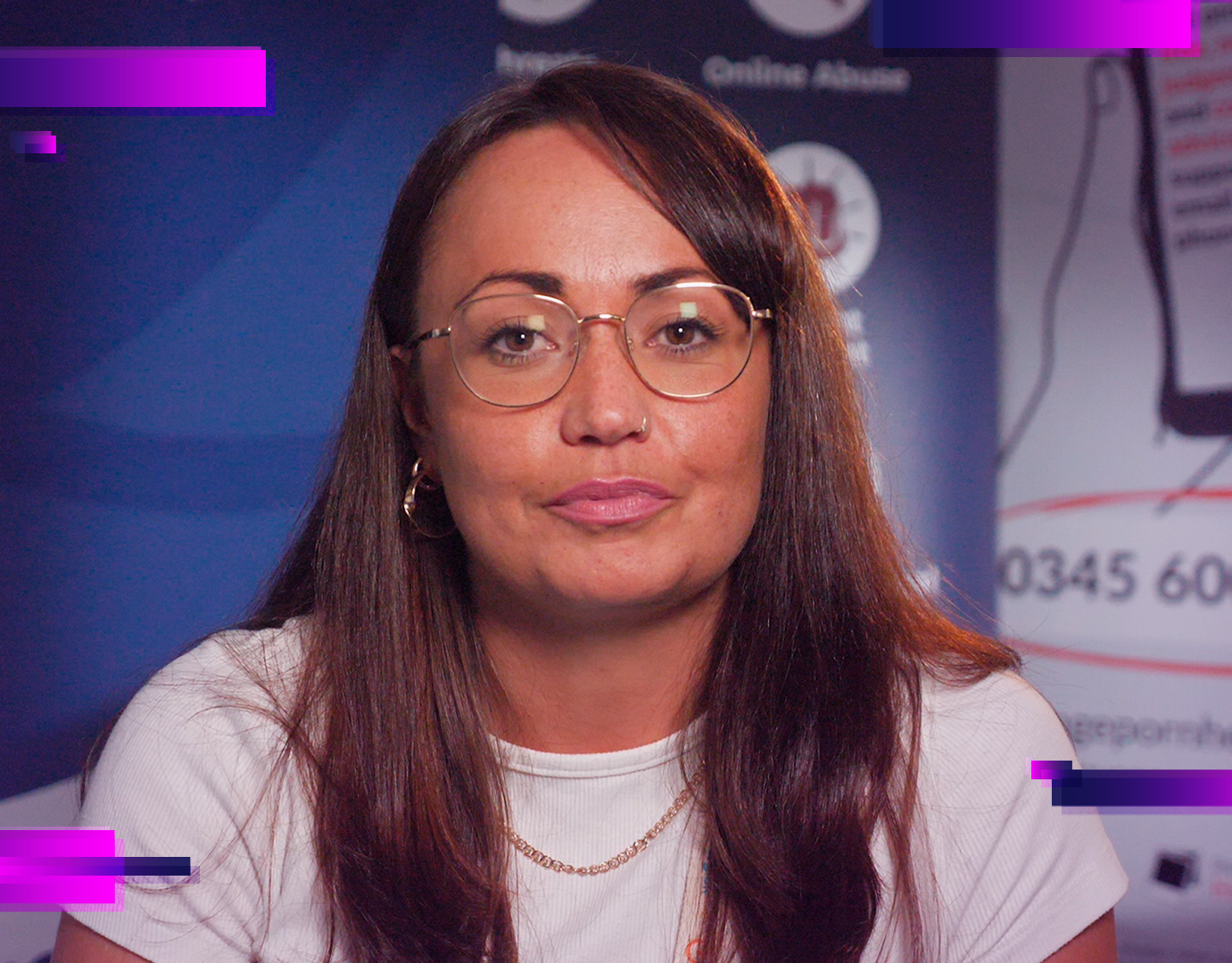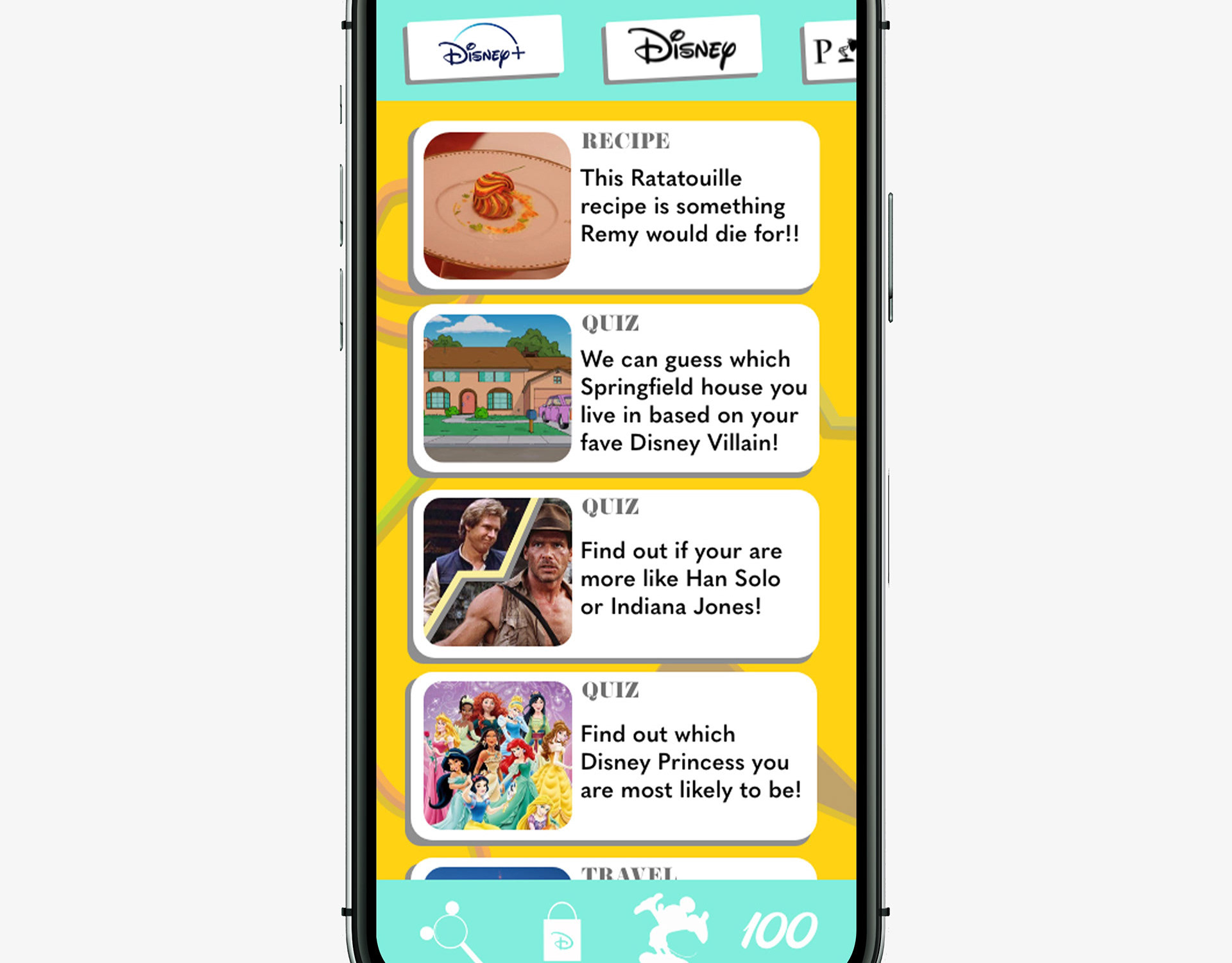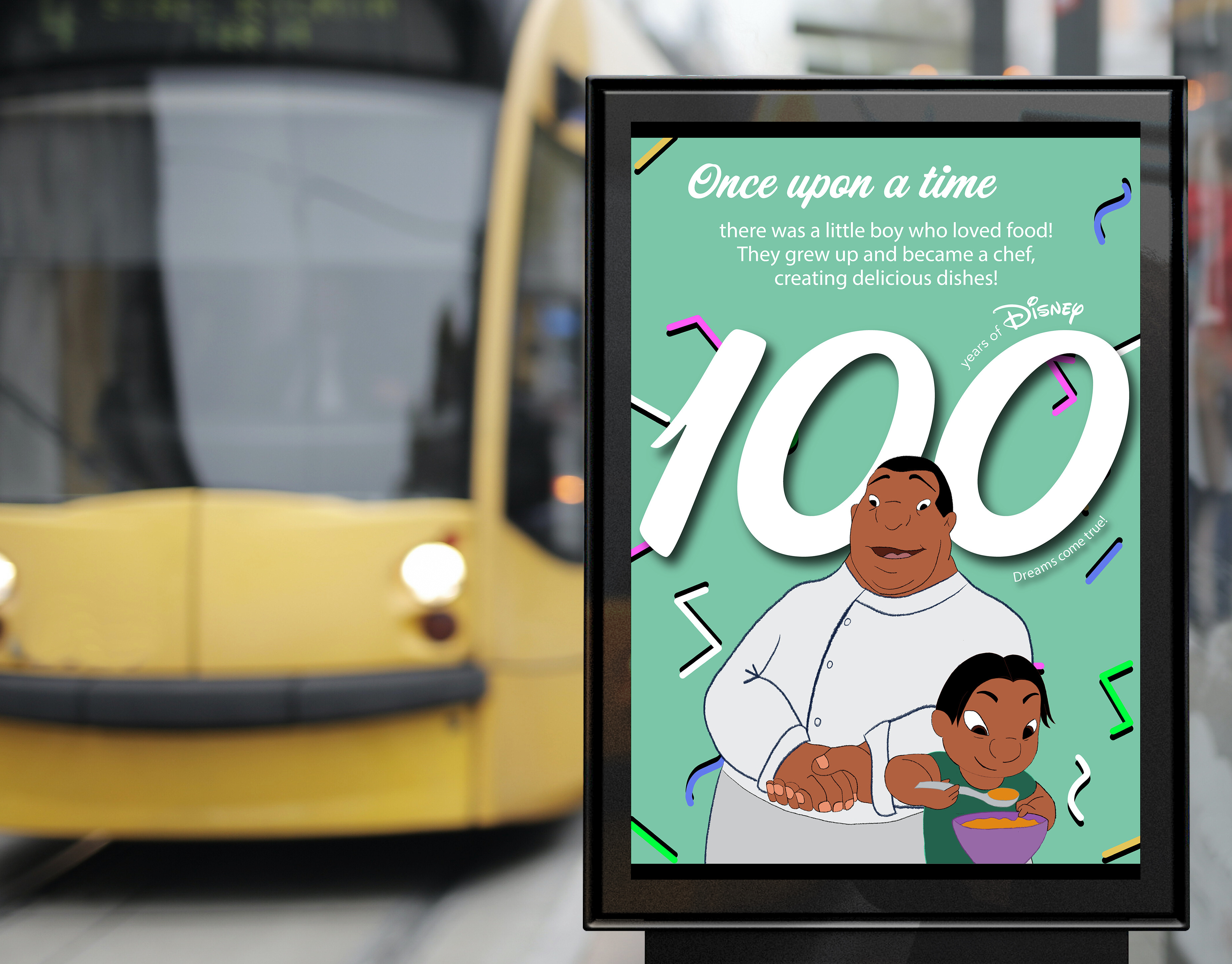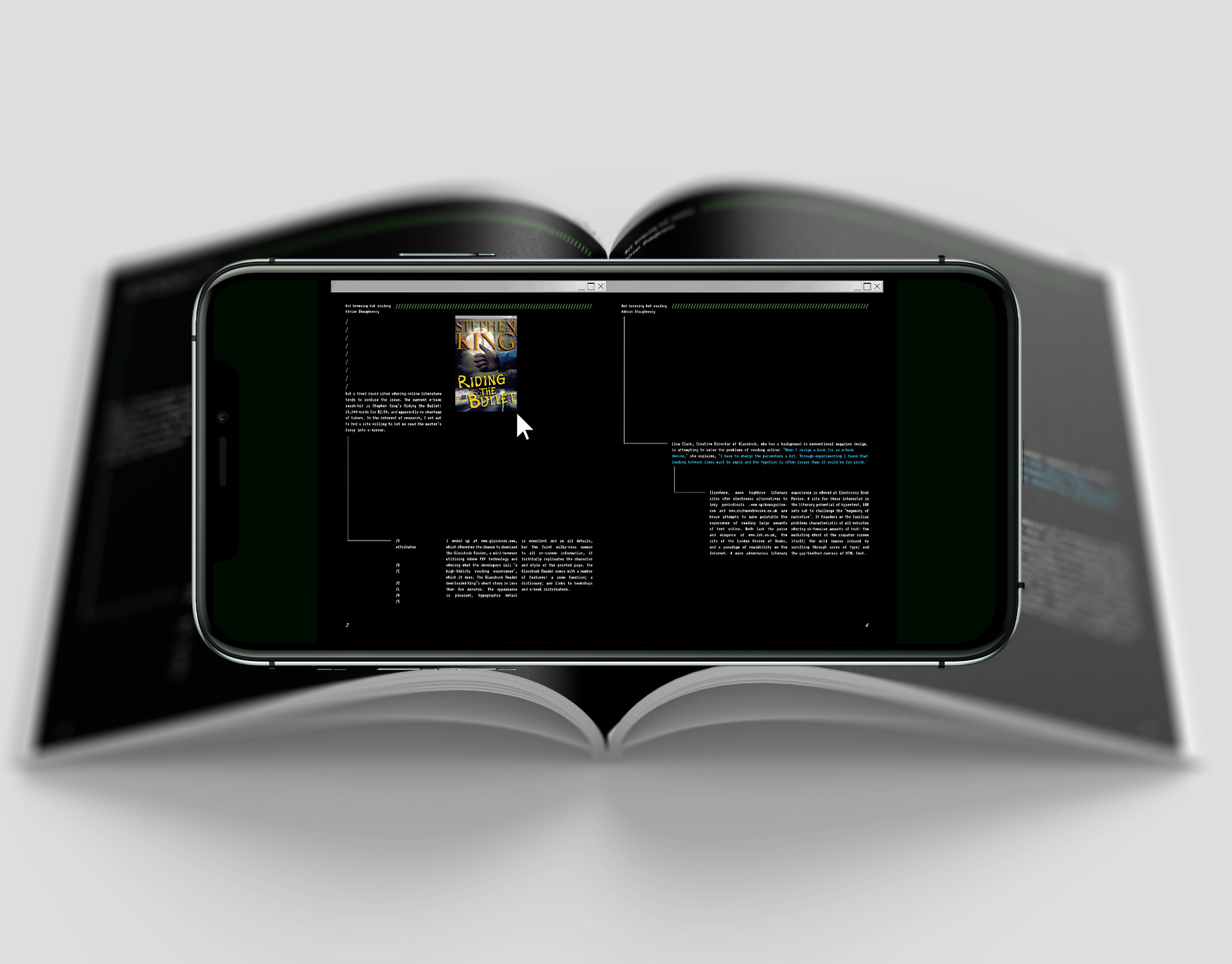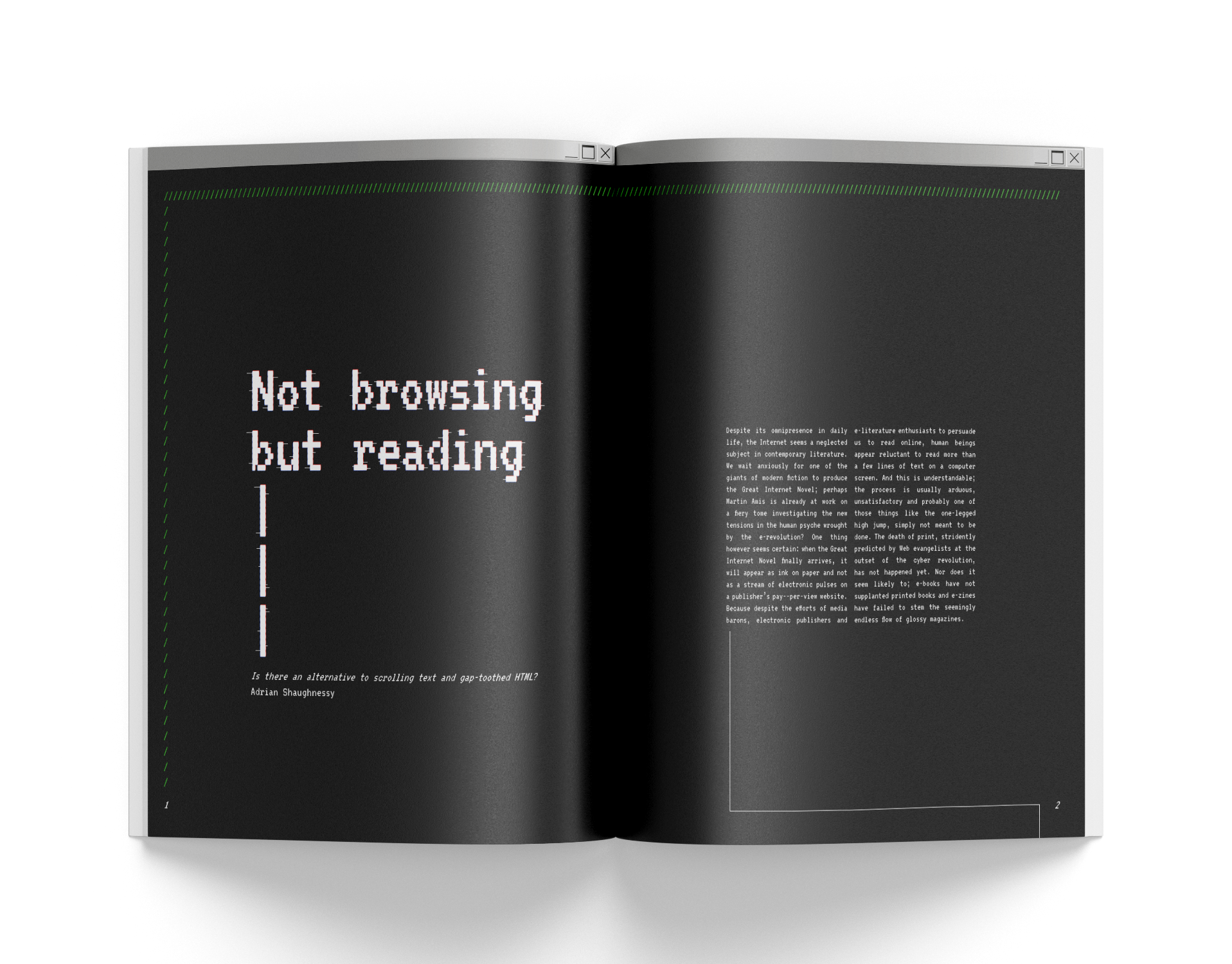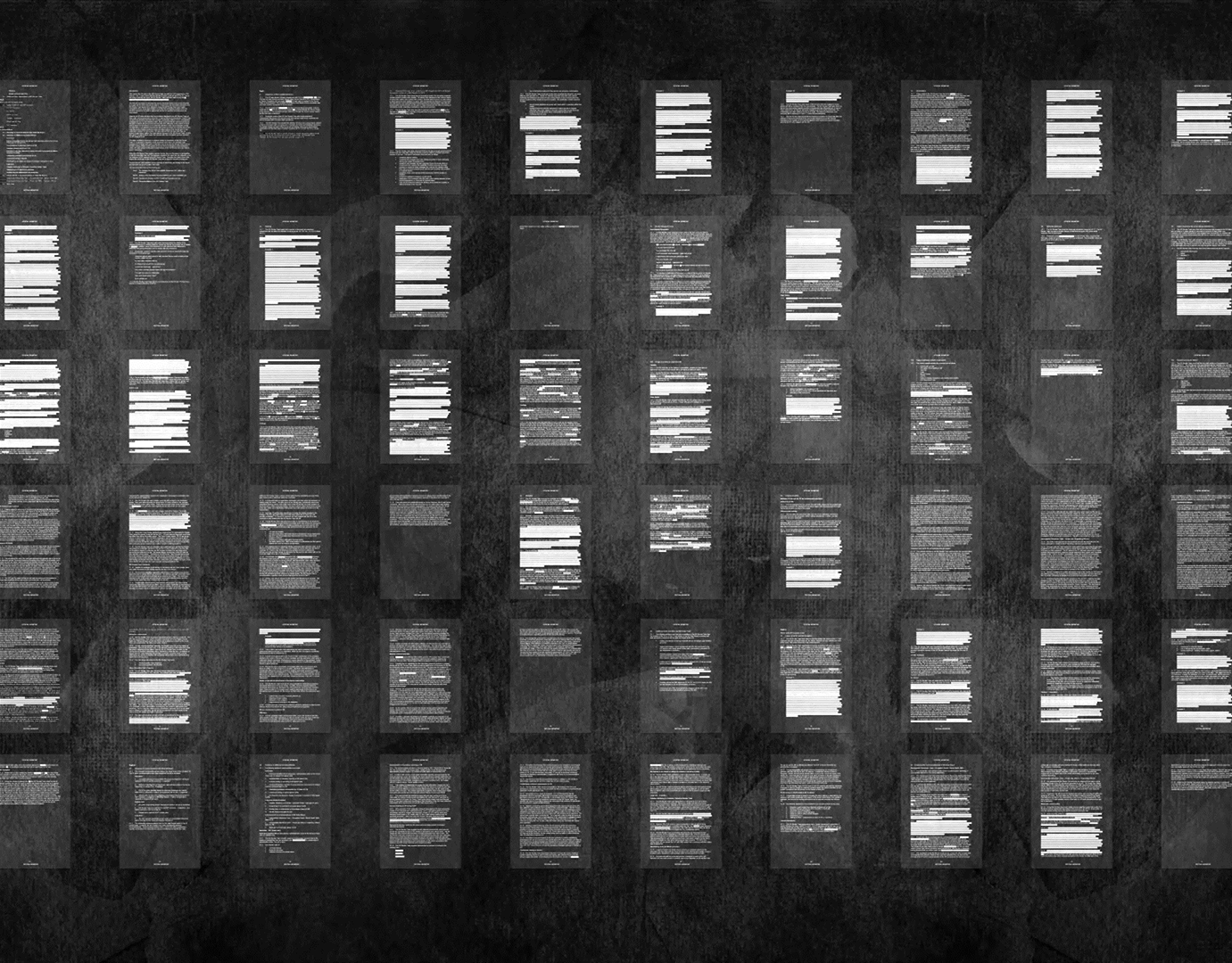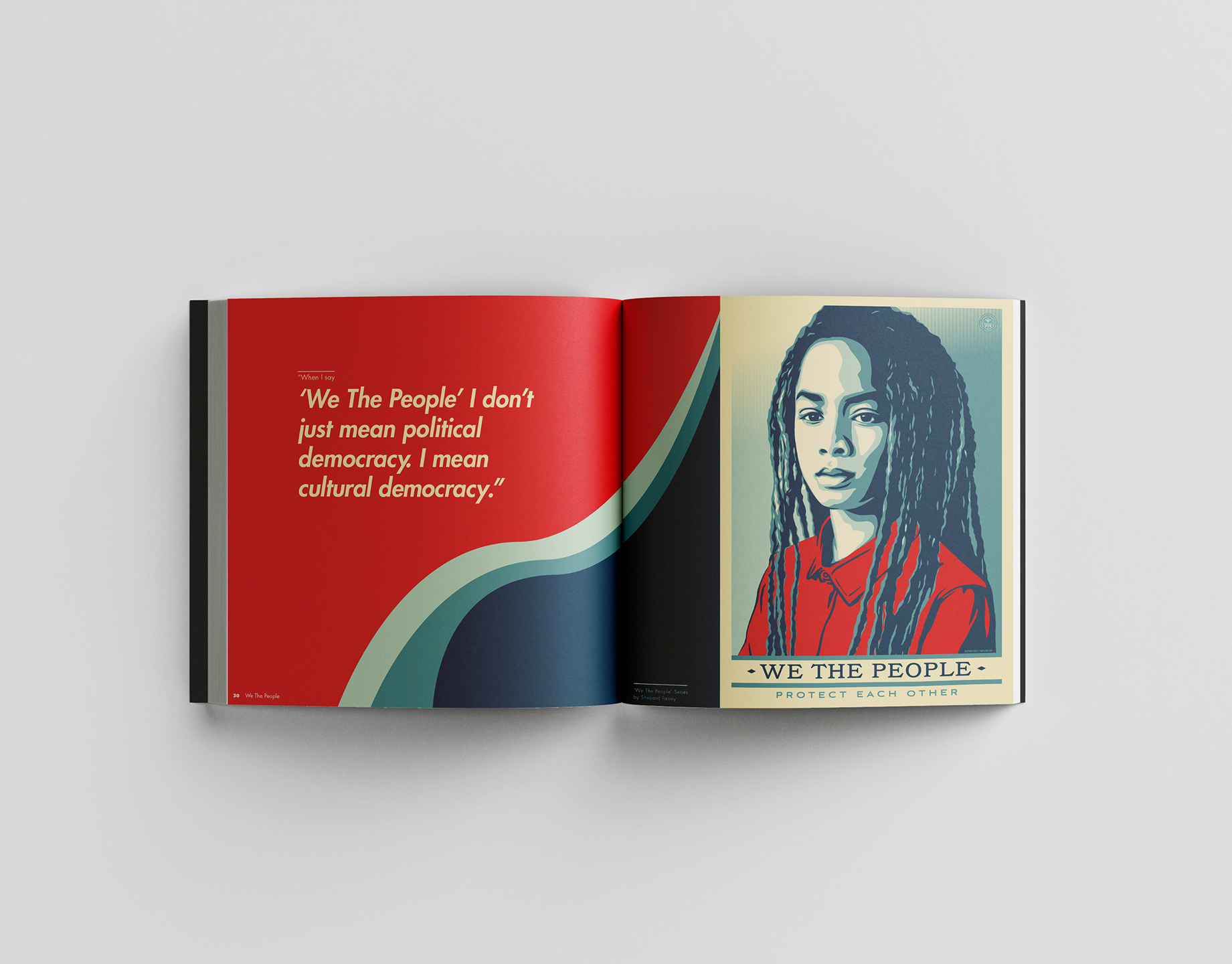A Look into the Publishing Sector
By Anisa Momen - 11th May 2020
After I graduate I hope to join the publishing sector. I feel that Publishing would be the right path for me as I’ve always had an interest in books, magazines and comics. I would mainly want to join a company that has print publication. Although the world is going digital, there is still the belief that print publication won’t go extinct.
To me, Publishing isn’t just about words on pages. It involves creating imagery, illustrations and visual attributes to help the readers see things more clearly and picture something within their mind. It makes the reader think and become intrigued by the content without trying to lose focus. Making sure the content flows and is readable is important in the publishing and editorial sector. Publishers and editors determine the visual pace of the content and how someone’s eyes would wonder over the page. Editors and Publishers determine the aesthetic of the publication; is this the right colour scheme? Does this font convey the message we want to send? Is the text readable and legible? Editors and Publishers determine the how passages and information should be perceived clearly, i.e. make the text smaller or larger. Adjust the line spacing so it’s not too tight or too wide.
As well as print publications, I will be looking at digital publications and how some companies/publishers use a combination of both digital and print to reach their target audience. I’ll also be looking at the similar way’s publishers make digital content readable and legible as well.
To me, Publishing isn’t just about words on pages. It involves creating imagery, illustrations and visual attributes to help the readers see things more clearly and picture something within their mind. It makes the reader think and become intrigued by the content without trying to lose focus. Making sure the content flows and is readable is important in the publishing and editorial sector. Publishers and editors determine the visual pace of the content and how someone’s eyes would wonder over the page. Editors and Publishers determine the aesthetic of the publication; is this the right colour scheme? Does this font convey the message we want to send? Is the text readable and legible? Editors and Publishers determine the how passages and information should be perceived clearly, i.e. make the text smaller or larger. Adjust the line spacing so it’s not too tight or too wide.
As well as print publications, I will be looking at digital publications and how some companies/publishers use a combination of both digital and print to reach their target audience. I’ll also be looking at the similar way’s publishers make digital content readable and legible as well.
'Editors and Publishers determine the aesthetic of the publication.'
Within the last 20 years, the publishing sector has changed and adapted with the emergence of digital technology. Digital technology had a vital role with the industry’s current and future activities with the way it has advanced tremendously (Ribbonfish, 2016). Publishers and companies have had to make changes in order to still thrive in competitive markets. With the emergence of social media and reading apps such as Snapchat, Instagram, Wattpad, Kindle, etc. different magazine publications and book publishers have changed the way they reach their target audience. Many publications have found themselves incorporating and using both digital and print media. The Target Audience in this current day and age often go to their devices to access different forms of entertainment in an easy and transportable way. Not only can it be accessed quickly, but it can be shared within seconds and reacted to quite quickly (The Independent, 2014), something that is harder to do with physical, print publishing.
As a best-selling magazine that is directed towards the female audience, Cosmopolitan Magazine not only distribute print publication, but also publish content on Snapchat’s Discover page. The editor of ‘Cosmopolitan.com’, Amy Odell, felt that the addictive nature of Cosmopolitans content and Snapchat’s platform were a perfect fit for one another (Heyl, 2017). As well as reaching out to the target audience using traditional print publications, Cosmopolitan was able to gain more followers online. In this day and age, people are more likely to reach for their phones rather than buy a printed piece. Cosmopolitan use a mix of articles and videos in order to keep audience members viewing content and coming back for more. (Heyl, 2017)
Unlike Cosmopolitan, Teen Vogue have ditched the print publication and have gone completely digital. Teen Vogue magazine’s digital game was and still is stronger than their now non-existent quarterly print magazine. Teen Vogue’s parent company, Condé Nast wanted the focus to still be on digital which was going from strength to strength. (McIntosh, 2017) Instead of just focusing on celebrities , fashion and beauty, Teen Vogue have widened their content by increasing their political coverage and social activism. The Teen Vogue website is easy to navigate and easy to read without overwhelming the audience. Like Cosmopolitan, Teen Vogue’s content can be accessed through social media platforms such as Snapchat and Instagram.
The first relaunch issue of
The Face magazine
The Face Magazine was publication that ended up being folded and then relaunched a few years later. The Face magazine emerged in the 80s as a cutting-edge cultural magazine that highlighted the ‘gateway into the coolest corner of fashion, film, music and nightlife’ (Petter, 2019) and was . Like a lot of print publications in the early 2000s, The Fold’s monthly sales had tremendously fallen leading to its closure in 2004. In the summer of 2019, The Fold resurfaced as a digital publication and, instead of distributing monthly magazines, they distributed quarterly magazines (Porter, 2019). Their first relaunch issue featured Harry Styles, Tyler the Creator, Rosalia and Dua Lipa. The main focus of the design of the magazine was to keep the same tone that was remembered from the 1990s but keep the feeling of an epic magazine that was suited to 2020 (McLaughlin, 2019).
Each magazine publisher, editorial company and publishing house have different sector needs and trends in order to stand out and carry on in the future. EMC Design, The Face Magazine and Cosmopolitan are different brands that have had to continue to thrive in publishing sector.
EMC Design are the leading print and digital design agency for publishing. EMC specialise in educative projects such as Primary school, Secondary School, Adult textbooks, etc, with companies such as Macmillan Education, Pearson Education, Oxford University Press and others. With each project, EMC have to make sure the publication and editorial layout are suited to the target audience, e.g. a literacy workbook for primary school children would require character illustrations, fonts that are legible and readable for children from the ages 5 – 11 to read as well as a cover for the children to recognise and enjoy. With the publishing sector being quite competitive, EMC have tried dabbling with the digital sphere but haven’t found much success, they have found this difficult with clients that are moving quite slowly (O'Rourke, 2020). EMC have also faced with the challenge of downsizing their internal workforce as well as diversifying and offering more services such as packaging, etc. (O'Rourke, 2020).
One of the Primary School workbooks designed by EMC
The Face Magazine is an example of how print publications are surviving through digital media a trend seen amongst other magazine publications as well. The Face Magazine shows how publications can be killed off but then resurrected in the age of digital users. With some of its target audience stemming from their success back in the 80s and 90s, The Face is gaining traction from people who are interested in the wide range of topics and subjects that are covered. Dan Flower, the magazine’s managing director, believes that the magazine will appeal to a “newly politically aware generation” (Cochrane, 2019). The Face are able to thrive and branch out to existing and new readers. By covering different themes (culture, society, music, life, etc.) it seems as though the magazine can be something to unify people.
'Publishers and companies have had to make changes in order to still thrive in competitive markets.'
Cosmopolitan are doing a similar approach with their brand, magazine and website. Although Cosmopolitan magazine is seen as a woman’s magazine, they highlight topics within culture, work, news and politics. Both publications are successful with reaching audiences, not just with their main websites, but also social media platforms such as Snapchat. However, there is the problem of income and making money. Print publications generate money with how many copies are sold and distributed. One way that publications make money through digital platforms is by “monetising through ad partnerships” (Heyl, 2017). Cosmopolitan has done this by selling themed additions to advertisers and created content for partners of the magazine (Heyl, 2017). By going into the direction of digital, Cosmopolitan and The Face have been able to upload and share relevant and up to date content to their audience without having to wait for the publication of a new print issue. There is also the pressure of making sure content is still relevant to the target audience. Publishers and editors have to evolve and flow with the content as well as the presentation. Thumbnails are key to getting people to tap and see the content. Amy Odell states that the design for Cosmo’s content shows the sophistication of the brand while also “retaining the relatable, funny voice of the editions.” (Heyl, 2017).
With an interest in reading magazine and books, I feel that if I were to become a publisher I would be able to understand how content needs to be readable and legible. Content has to flow so readers aren’t distracted. Knowing about different subjects and topics would help with creating and designing aesthetics for editorial and design pieces. With my interest in writing stories and pieces of fiction, I’d be able to understand what writer want to convey and how they want their work to be presented in a readable way.
To work in the publishing sector, I need to develop my skillset and gain additional knowledge and training. By improving and practicing my illustration and drawing skills, I will be able to project the visual aspect to viewers clearly. In order to expand my portfolio, I will design book covers for online writers who publish on sites such as Wattpad. This would help me practice branching my work onto digital media as well as show how I can work with the digital side of the publishing and editorial sector. I would also carry out “redesigned” covers for already published books, showing what I would have done with the cover and how I could make it stand out to potential readers. By using previous briefs from design communities, I will design and “pitch” what I would do for the brand e.g. designing a campaign for The Guardian newspaper that will get more people (aged between 18 -26) to read the news or completing briefs set by the ISTD (International Society of Typographic Designs).
To work in the publishing sector, I need to develop my skillset and gain additional knowledge and training. By improving and practicing my illustration and drawing skills, I will be able to project the visual aspect to viewers clearly. In order to expand my portfolio, I will design book covers for online writers who publish on sites such as Wattpad. This would help me practice branching my work onto digital media as well as show how I can work with the digital side of the publishing and editorial sector. I would also carry out “redesigned” covers for already published books, showing what I would have done with the cover and how I could make it stand out to potential readers. By using previous briefs from design communities, I will design and “pitch” what I would do for the brand e.g. designing a campaign for The Guardian newspaper that will get more people (aged between 18 -26) to read the news or completing briefs set by the ISTD (International Society of Typographic Designs).
Experience is also needed to succeed in the publishing sector. By gaining work experience at a magazine such as Teen Vogue or The face, I would be able to understand the atmosphere and enhance my skillset. Although I am quite confident in pitching ideas and working in a team, there are some skills and weaknesses I can improve on overtime. One weakness is that I overthink; I find myself concerned about the work and whether I have put too much into the piece or not enough visual assets. Time Management is a vital in the publishing sector especially with strict deadlines for printing and publishing content. To ensure this happens designers need to be organised with managing time. Designers also have to have the ability to solve problems technically and creatively. One disadvantage I have is not having a large network of fellow designers and potential clients. Designers need to expand and reach out and network with fellow designers in order to gain recognition and have the opportunity of working at different agencies and publications. To ensure this happens, designers often go to events and organisations that get people to branch out e.g. Ladies Wine and Design, YCN, D&AD, etc.
With the publishing and editorial sector changing in order to thrive and survive, there are still ways to succeed, especially with the future changing. The element of physical print publishing is still prominent in the industry, but a lot of agencies and companies are looking towards publishing their magazines, books, designs, etc. in a digital format. In order for me to succeed as a designer in this sector, I will need to be able to produce publishing pieces suited to both print and digital format. In the future, I do see a lot of magazine and book publications going digital. This will cause a lot of problems financially and for in house designers at publications. But, with more magazines going digital and old publications being resurrected, there will still be a need for designers in the publishing and editorial sector.


